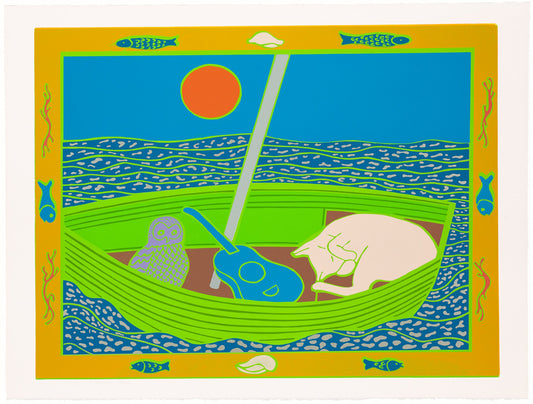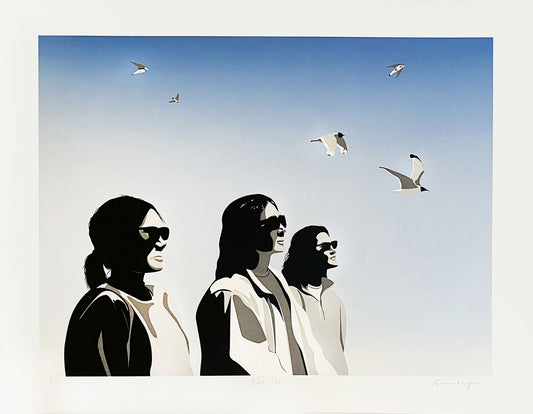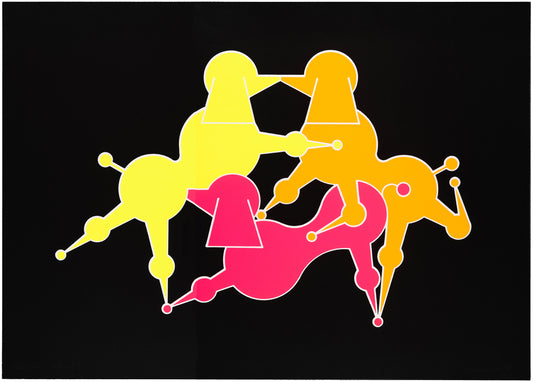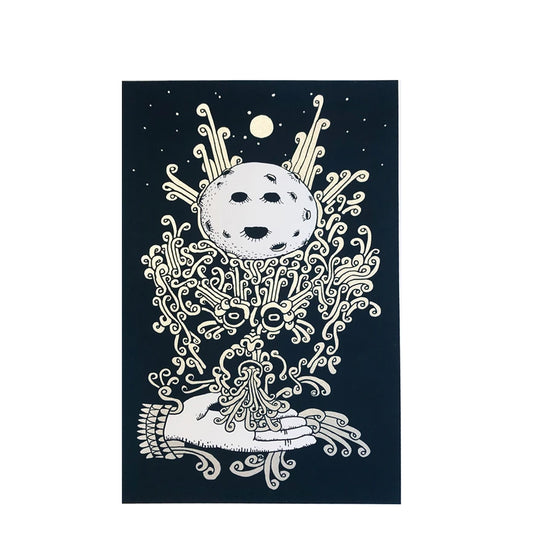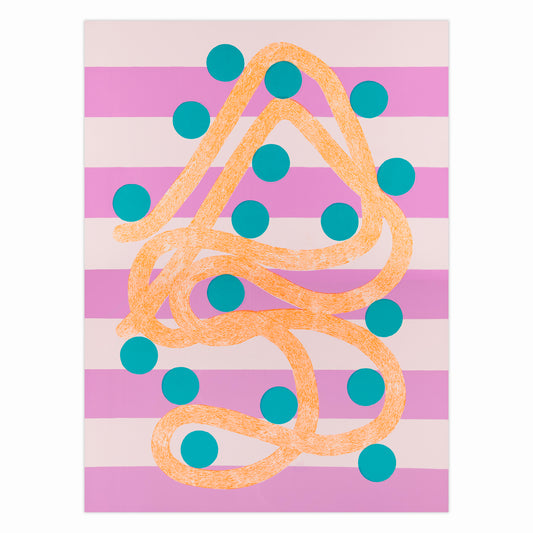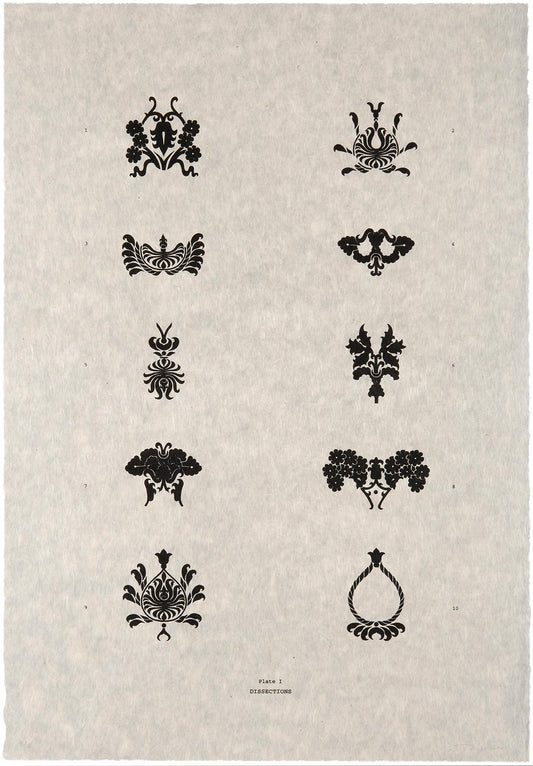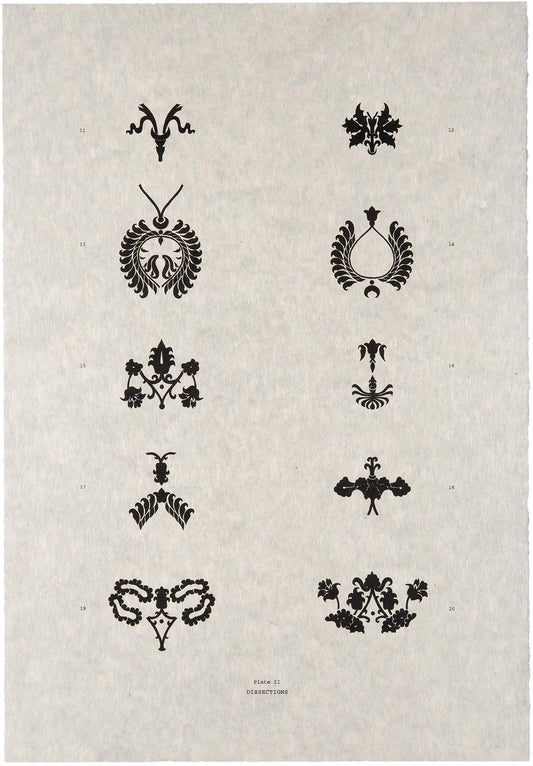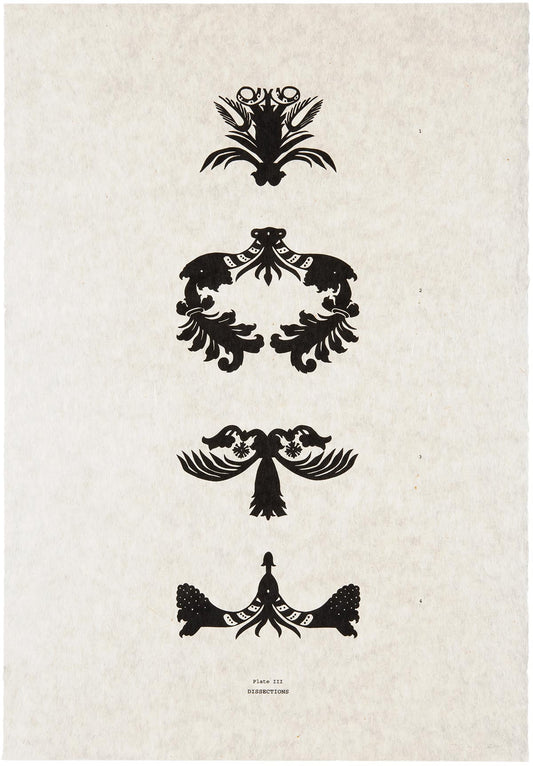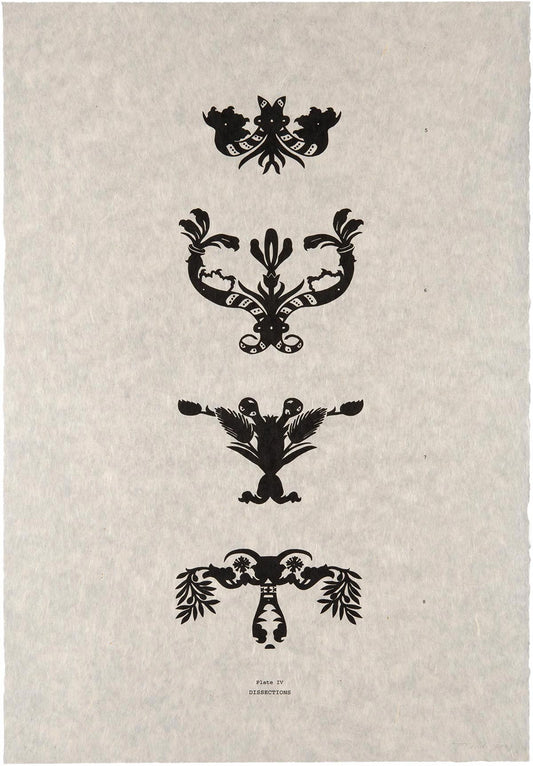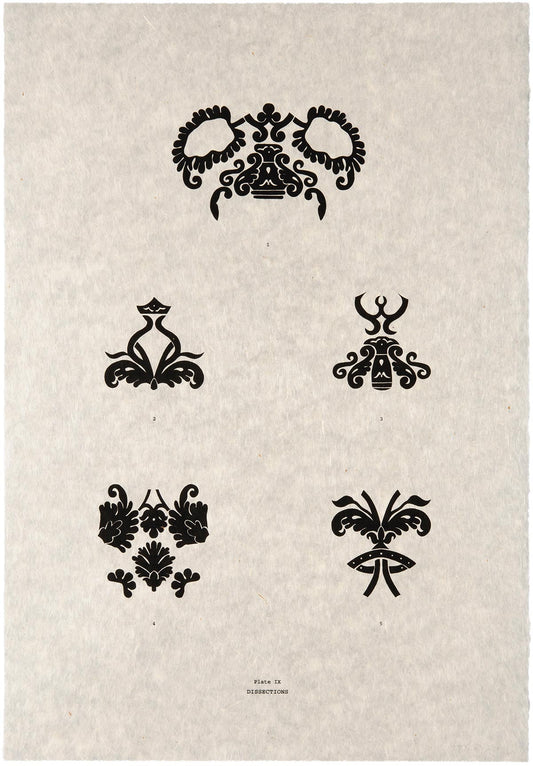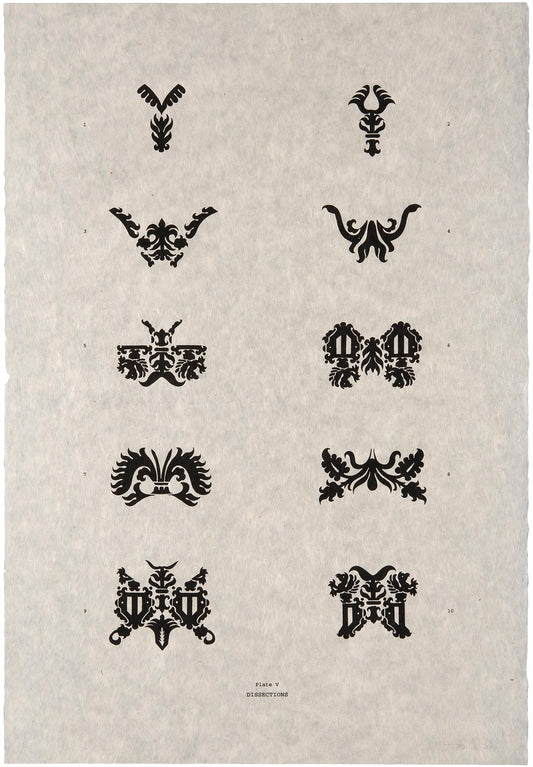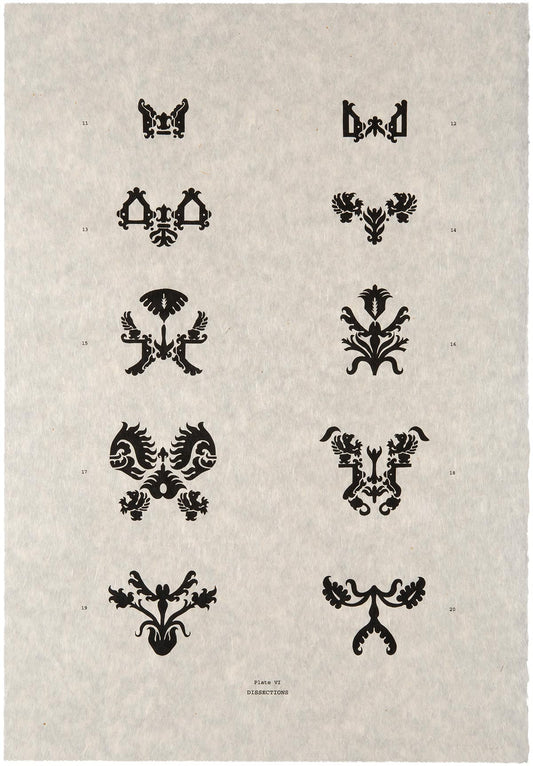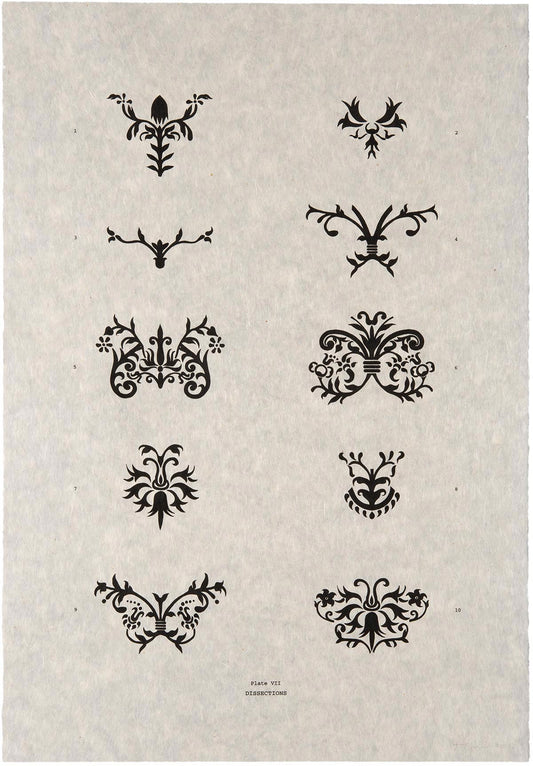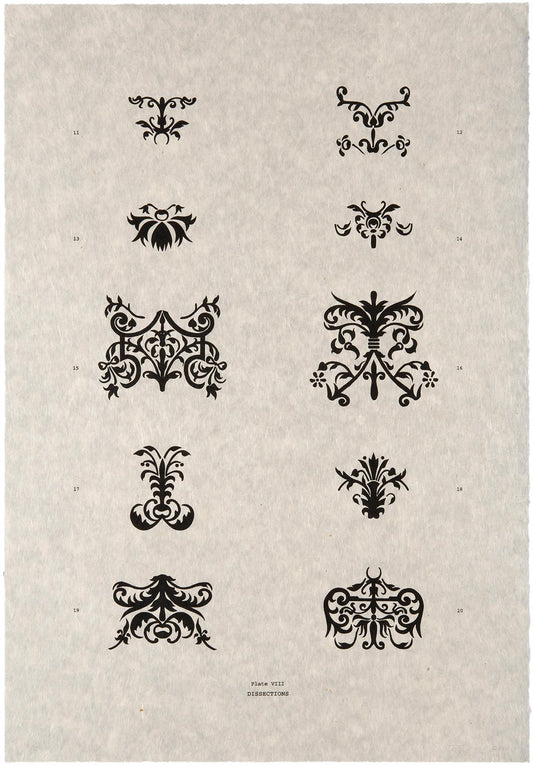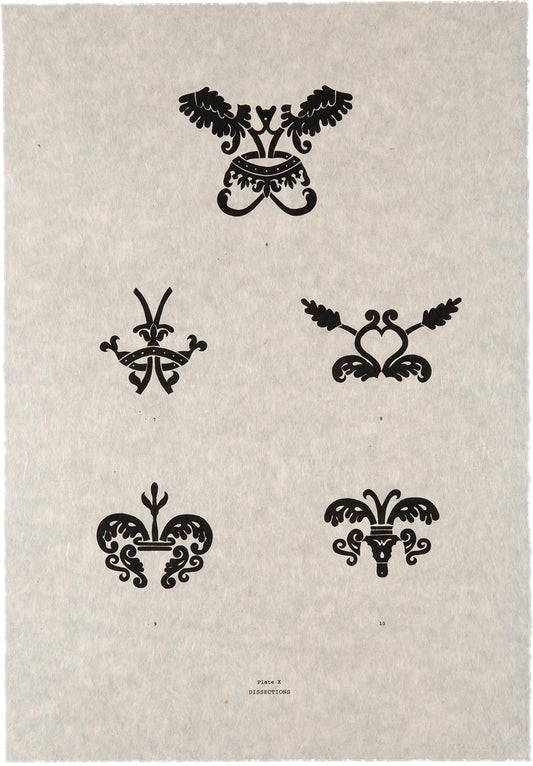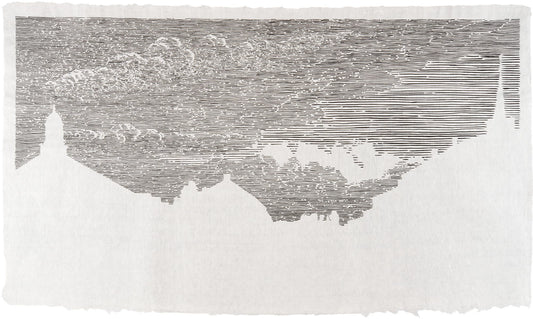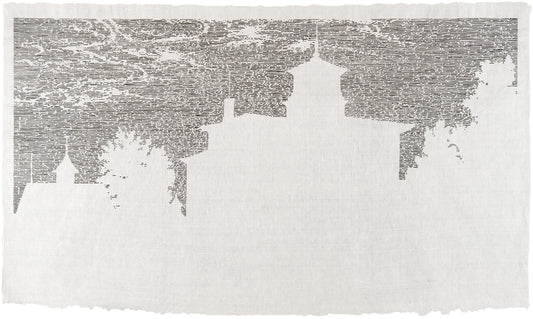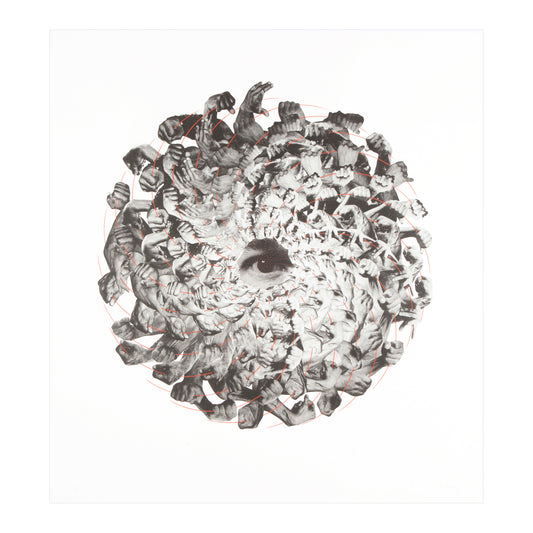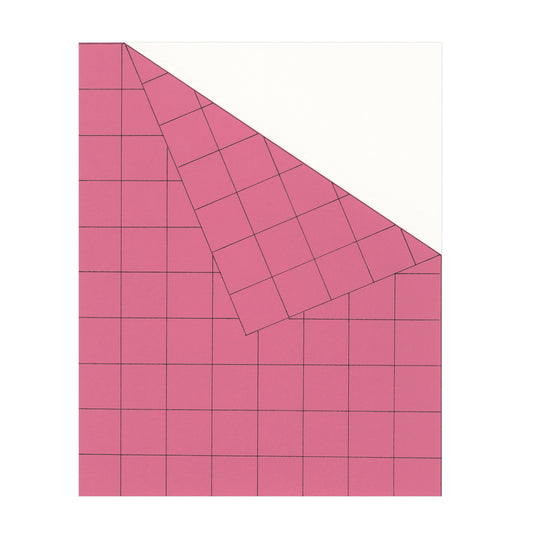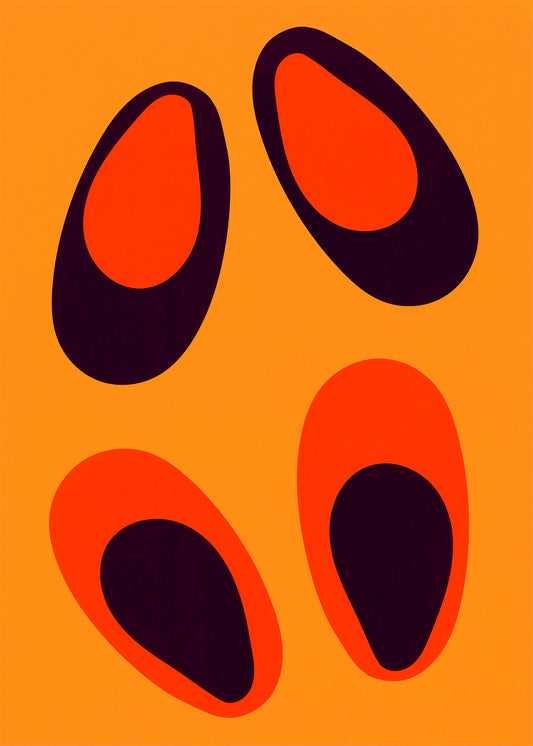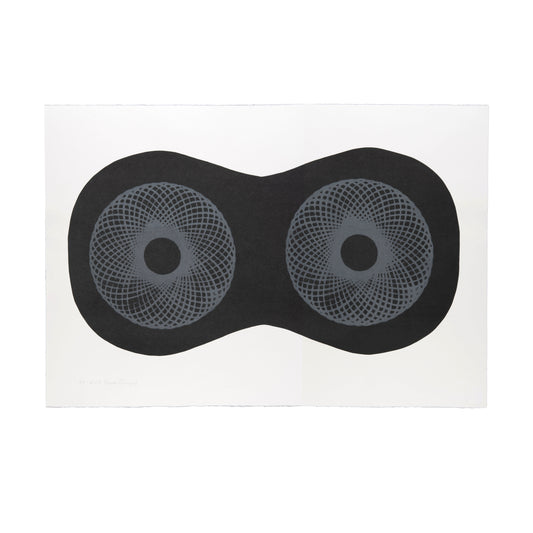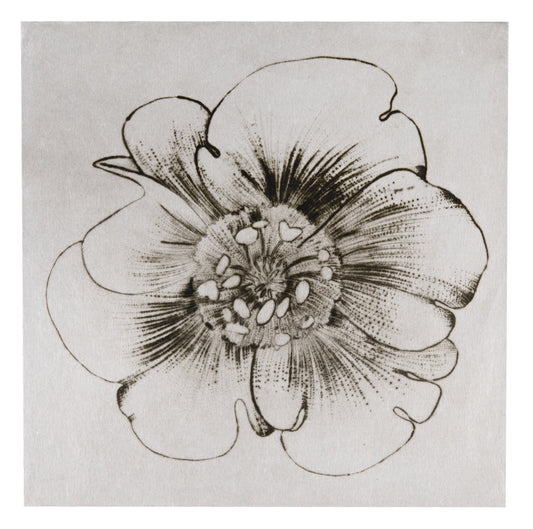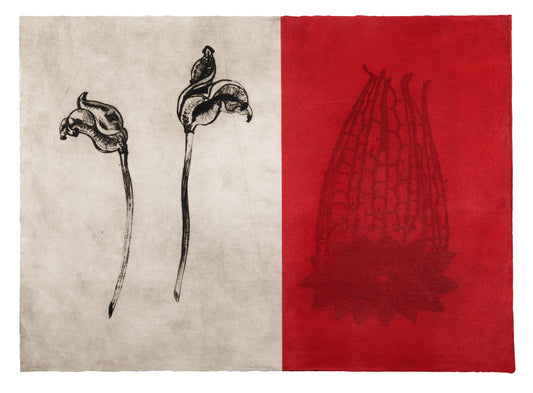Collection: Screenprinting
View our print courses here.
Screenprinting, also known as serigraphy or silkscreen printing, is a printmaking technique where ink is pushed through a mesh screen onto a surface, such as paper or fabric. The screen is coated with a stencil or photosensitive emulsion that blocks certain areas, allowing ink to pass through the open parts and create the desired image. Various screenprinting methods include:
Stencil Screenprinting: Involves using hand-cut or pre-made stencils to block parts of the screen, controlling where ink is applied.
Photo Screenprinting: Uses a photosensitive emulsion to create more complex, photographic, or computer-generated images on the screen.
CMYK Screenprinting: A method of layering cyan, magenta, yellow, and black inks to produce full-colour images.
Difference between Photo and CMYK Screenprinting: Photo screenprinting uses a photographic process to create detailed stencils on a screen, allowing for intricate designs with fine lines and gradients. In contrast, CMYK screenprinting involves using separate screens for each of the four colors (Cyan, Magenta, Yellow, Black) to layer translucent inks and produce full-color images. While photo screenprinting excels in reproducing detailed artwork, CMYK screenprinting is designed for achieving a broad spectrum of colours through multiple passes.
Source: MoMA
Need help choosing art, starting a collection, finding a gift, or locating an artist? Let's connect!
-
Erica Rutherford - The Owl and the Pussycat
Regular price $1,600.00 CADRegular priceUnit price / per -
Erica Rutherford - The Picnic
Regular price $1,600.00 CADRegular priceUnit price / per -
Erica Rutherford - Tulips
Regular price $1,600.00 CADRegular priceUnit price / per -
Erin Kiyomi - Look Out
Regular price $50.00 CADRegular priceUnit price / per -
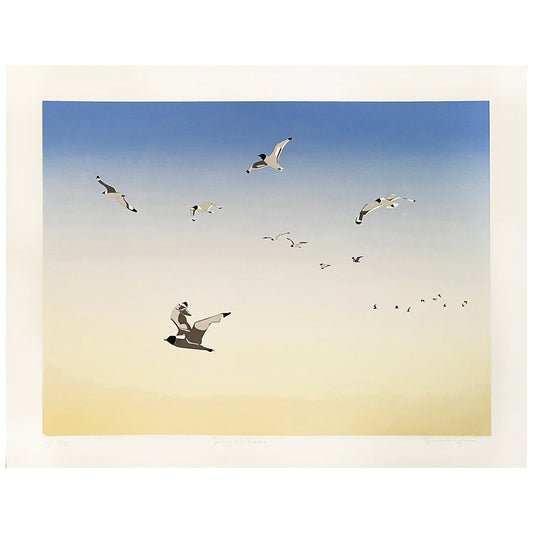 Sold out
Sold outErin Kiyomi - Sailing the Prairie
Regular price $50.00 CADRegular priceUnit price / per -
Evey Francis-Work - kentucky fried commute
Regular price $70.00 CADRegular priceUnit price / per -
General Idea - Mondo Cane (Framed)
Regular price $12,700.00 CADRegular priceUnit price / per -
Giovanni Lombardi - TOPO GIALLO
Regular price $350.00 CADRegular priceUnit price / per -
-
Jaime Angelopoulos - Magnetica
Regular price $2,600.00 CADRegular priceUnit price / per -
James B. Spencer - Pear
Regular price $200.00 CADRegular priceUnit price / per -
 Sold out
Sold outJan Winton - Syncopation
Regular price $600.00 CADRegular priceUnit price / per -
Janet Cardiff - The Dancers
Regular price $2,500.00 CADRegular priceUnit price / per -
Janet Cardiff - Untitled
Regular price $2,500.00 CADRegular priceUnit price / per -
Jeannie Thib - Plate I - Dissections
Regular price $900.00 CADRegular priceUnit price / per -
Jeannie Thib - Plate II - Dissections
Regular price $900.00 CADRegular priceUnit price / per -
Jeannie Thib - Plate III - Dissections
Regular price $900.00 CADRegular priceUnit price / per -
Jeannie Thib - Plate IV - Dissections
Regular price $900.00 CADRegular priceUnit price / per -
Jeannie Thib - Plate IX - Dissections
Regular price $900.00 CADRegular priceUnit price / per -
Jeannie Thib - Plate V - Dissections
Regular price $900.00 CADRegular priceUnit price / per -
Jeannie Thib - Plate VI - Dissections
Regular price $900.00 CADRegular priceUnit price / per -
Jeannie Thib - Plate VII - Dissections
Regular price $900.00 CADRegular priceUnit price / per -
Jeannie Thib - Plate VIII - Dissections
Regular price $900.00 CADRegular priceUnit price / per -
Jeannie Thib - Plate X - Dissections
Regular price $900.00 CADRegular priceUnit price / per -
Jeannie Thib - Sky (Main Street)
Regular price $1,200.00 CADRegular priceUnit price / per -
Jeannie Thib - Sky (Residence)
Regular price $1,200.00 CADRegular priceUnit price / per -
John Massey - Black Eye
Regular price $1,200.00 CADRegular priceUnit price / per -
Joy Walker - Pink Fold
Regular price $400.00 CADRegular priceUnit price / per -
Joy Walker - Untitled (Remains)
Regular price $1,800.00 CADRegular priceUnit price / per -
Kathleen Parle - Giant Mine Series #1
Regular price $400.00 CADRegular priceUnit price / per -
Kim Ondaatje - Untitled (Within the Arctic Circle #1)
Regular price $600.00 CADRegular priceUnit price / per -
Kim Ondaatje - Untitled (Within the Arctic Circle #2)
Regular price $600.00 CADRegular priceUnit price / per -
Laine Groeneweg - Boogie Shoes
Regular price $400.00 CADRegular priceUnit price / per -
Liliana Rodriguez - #22, 9
Regular price $750.00 CADRegular priceUnit price / per -
Liz Parkinson - Buttercup (from Paradise Field)
Regular price $400.00 CADRegular priceUnit price / per -
Liz Parkinson - Garden Piece
Regular price $800.00 CADRegular priceUnit price / per

